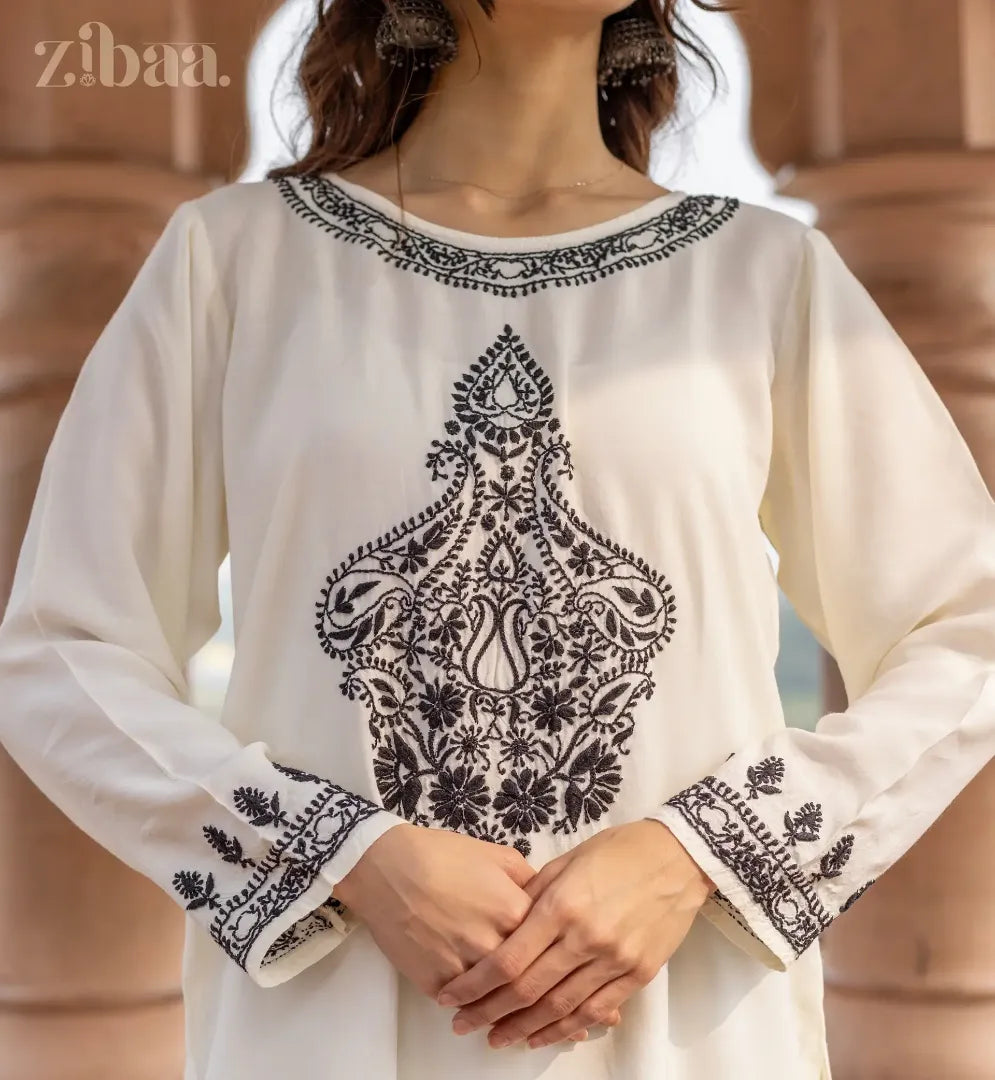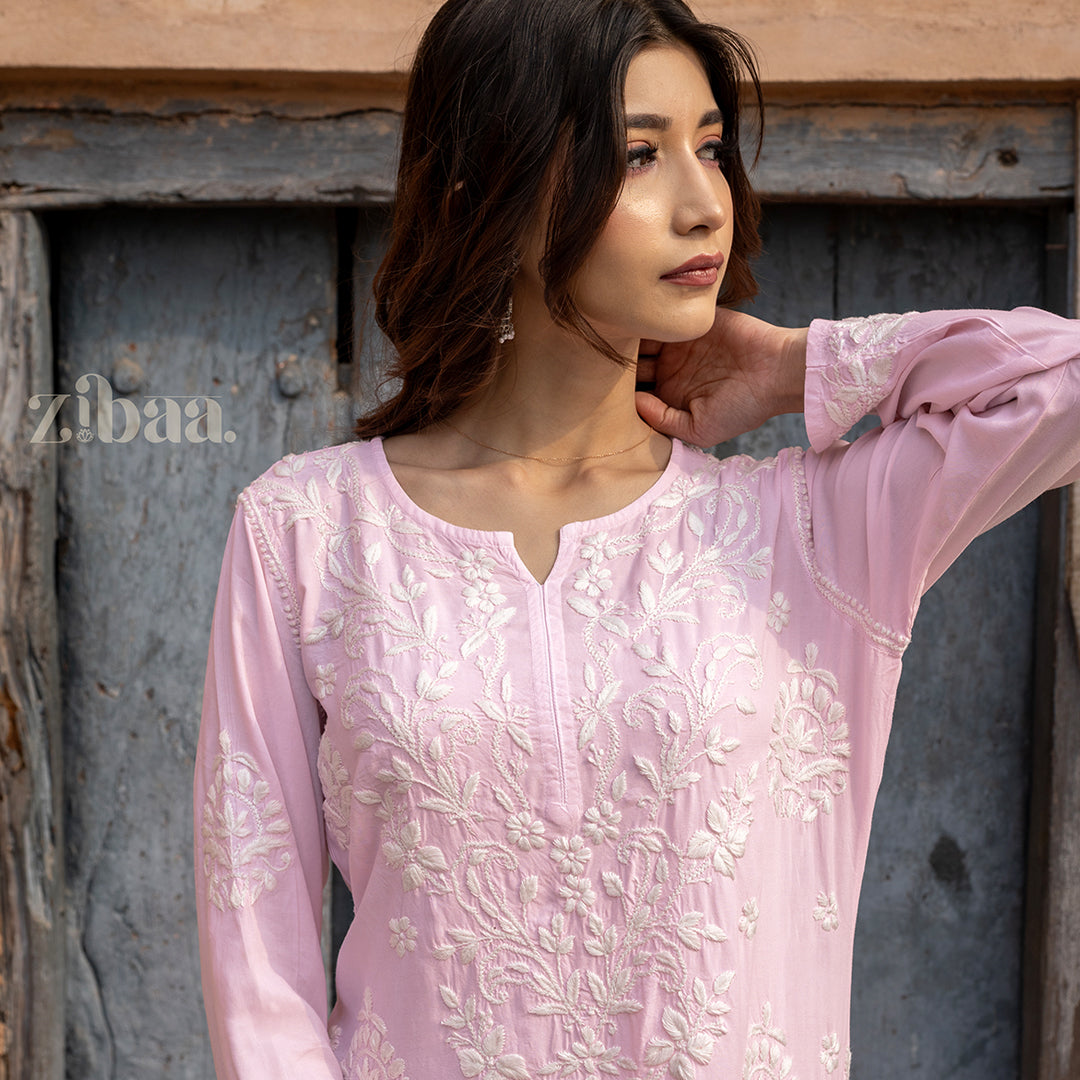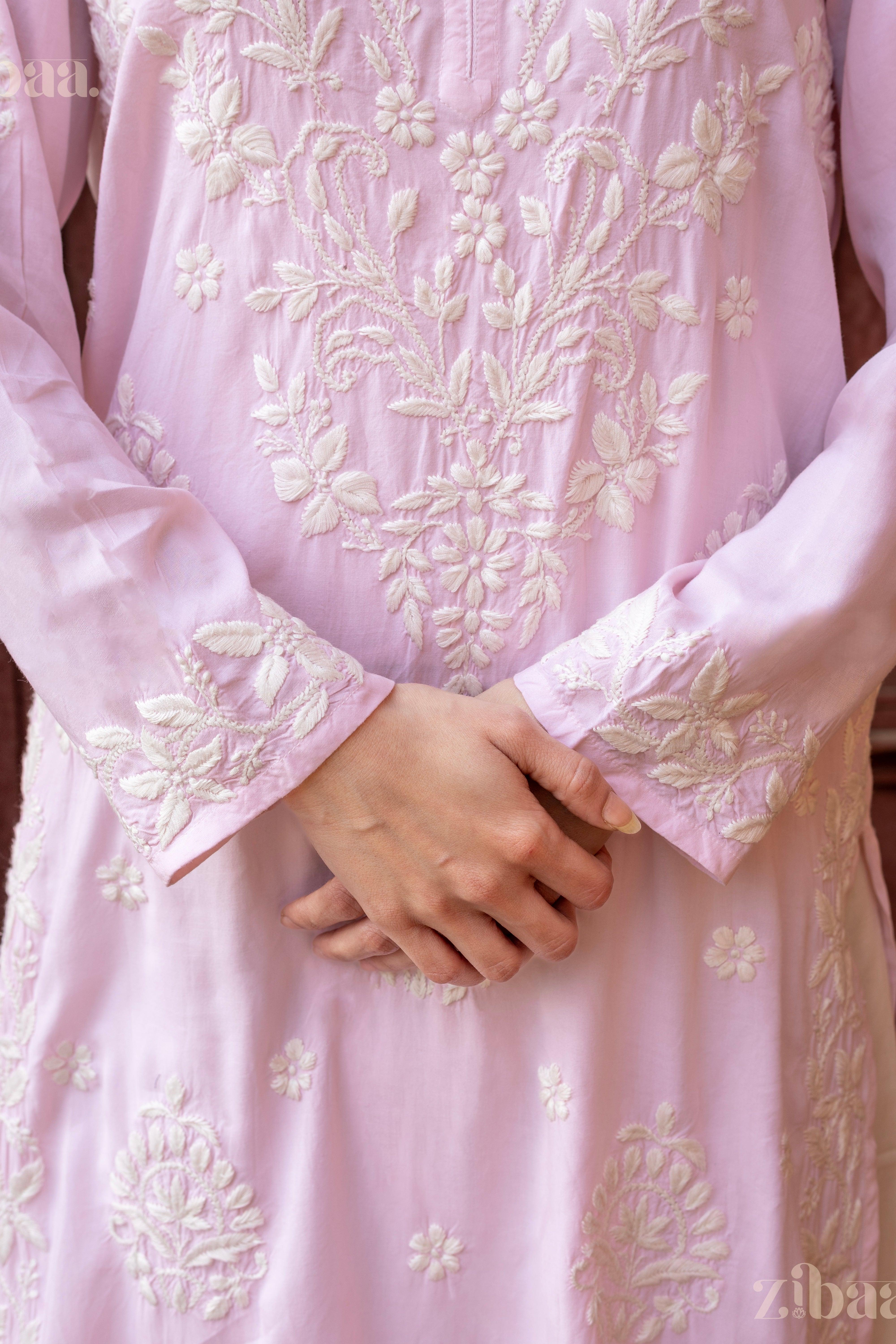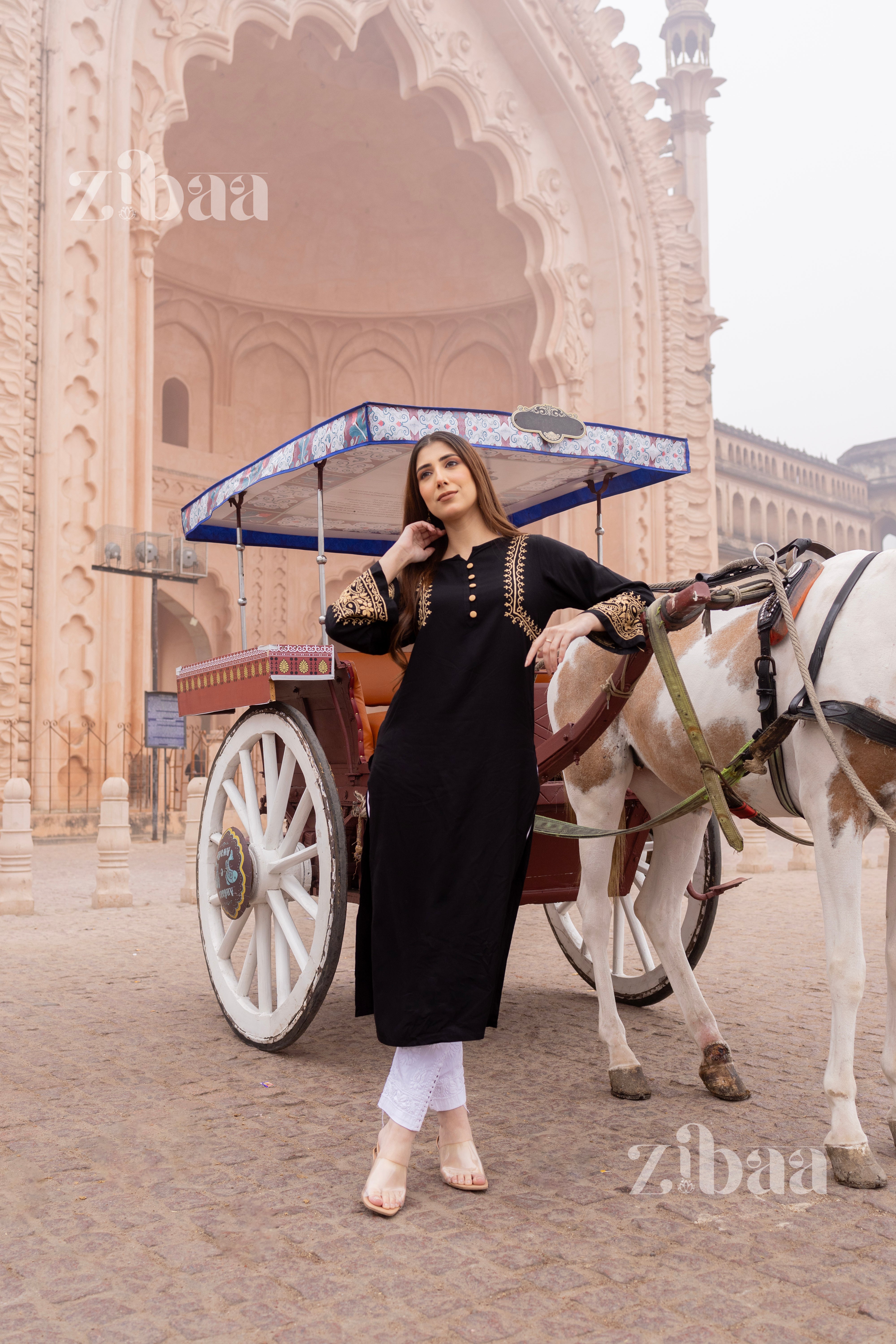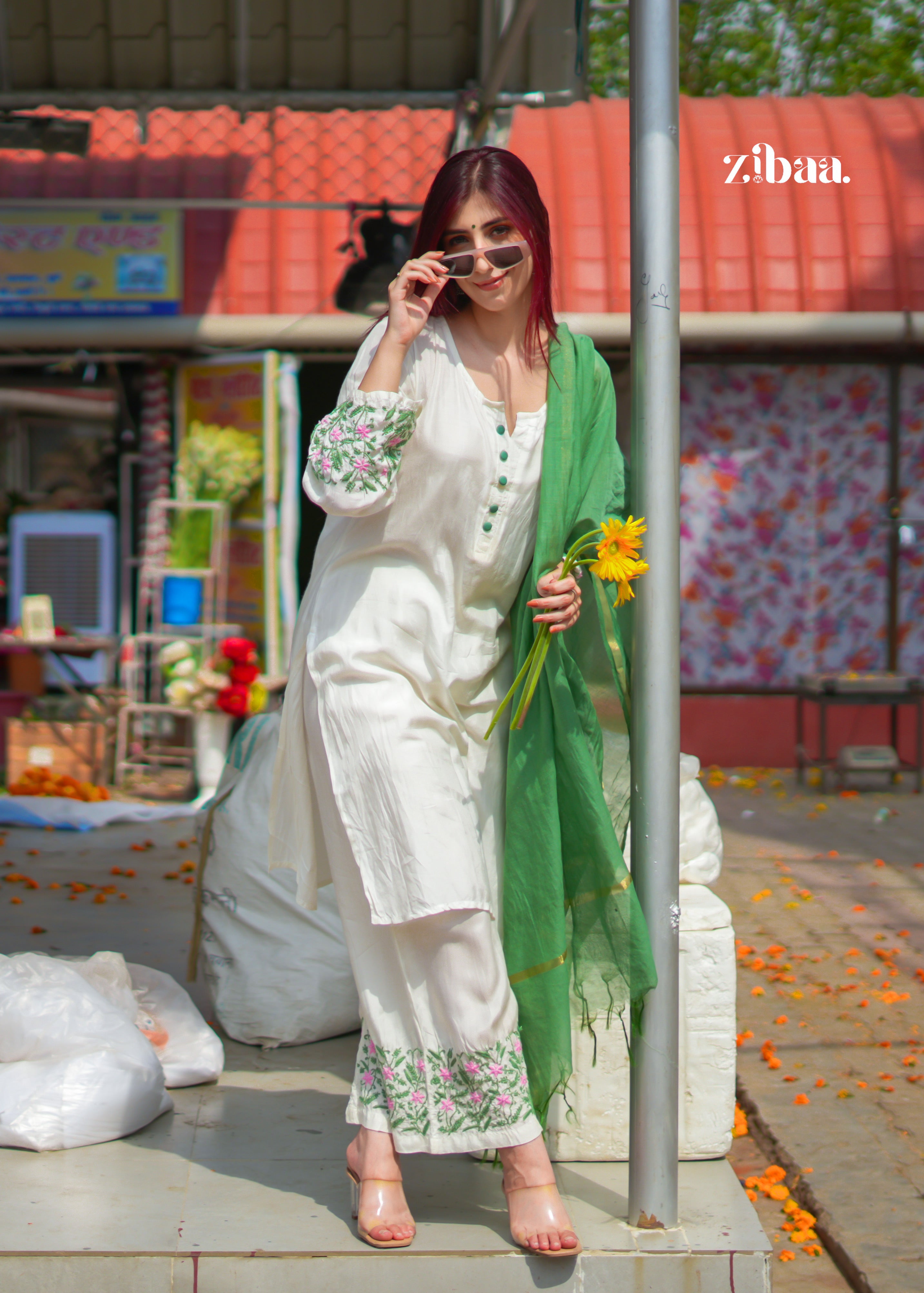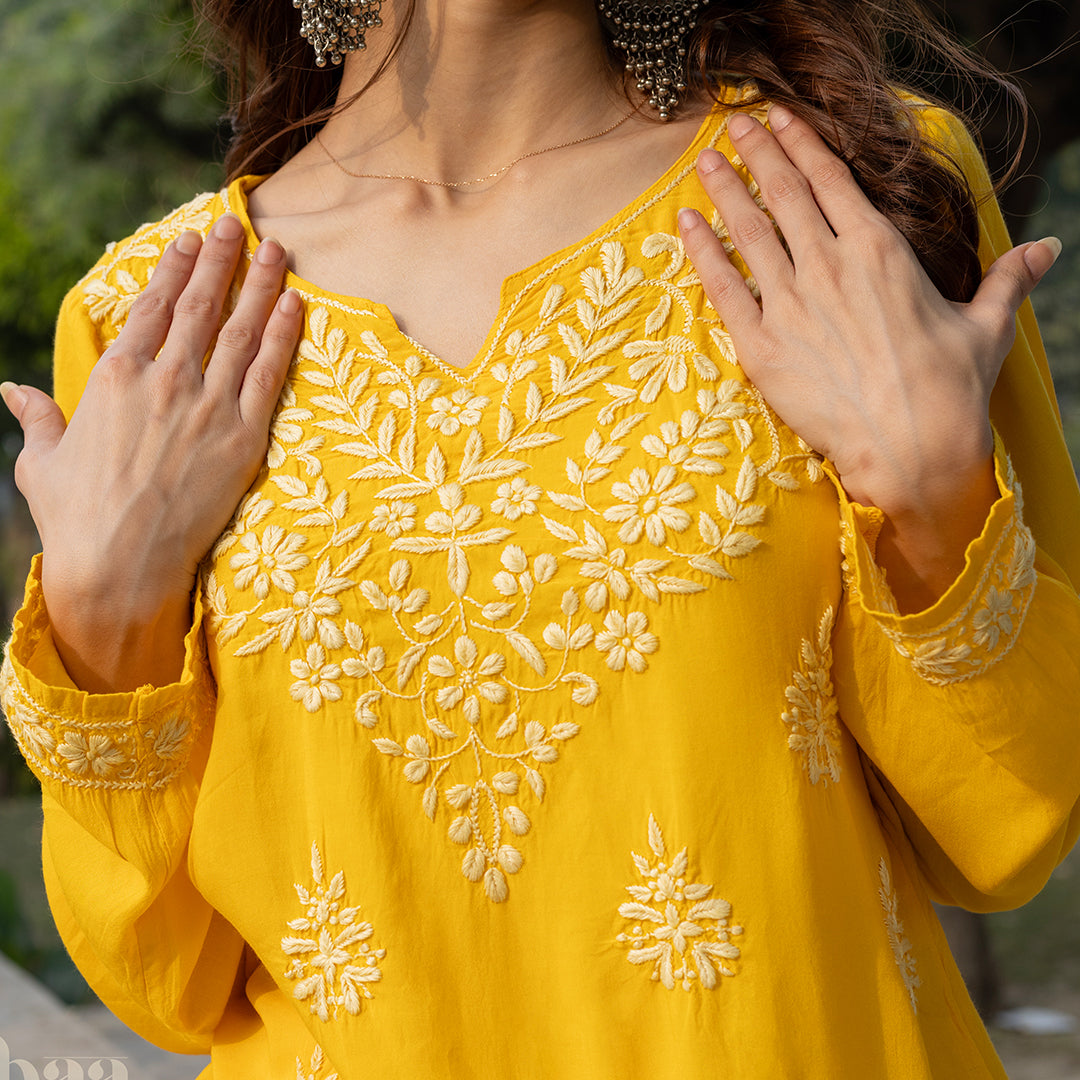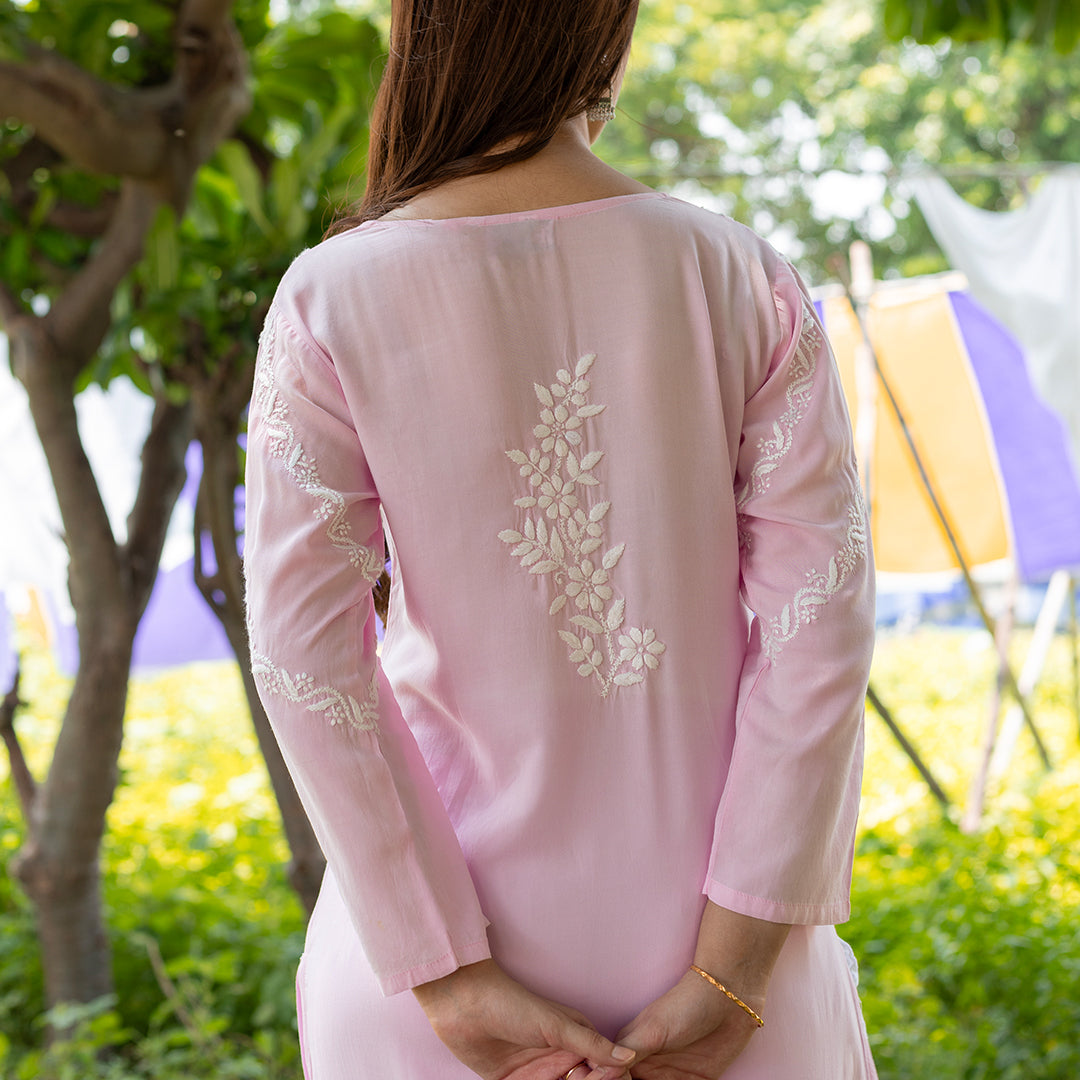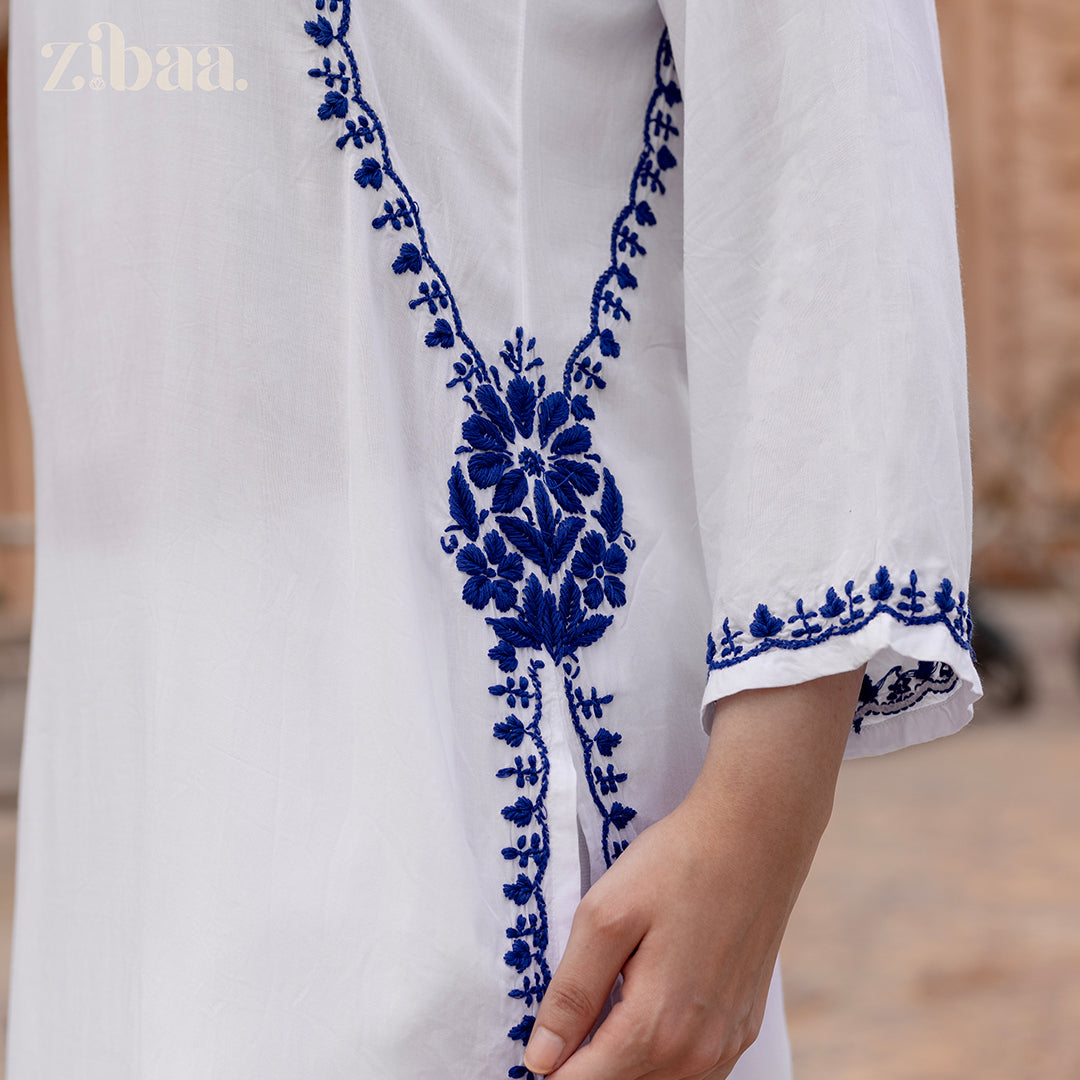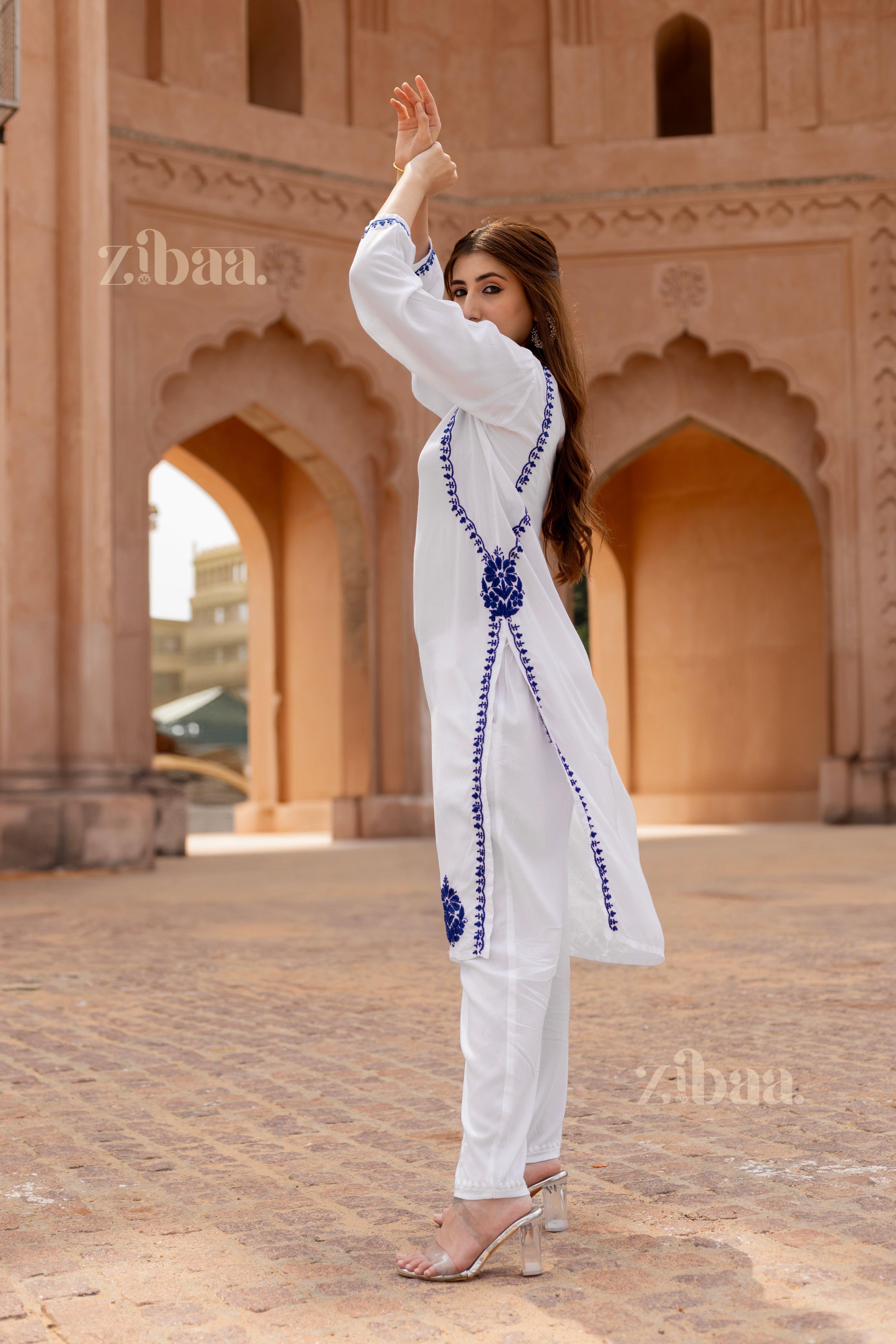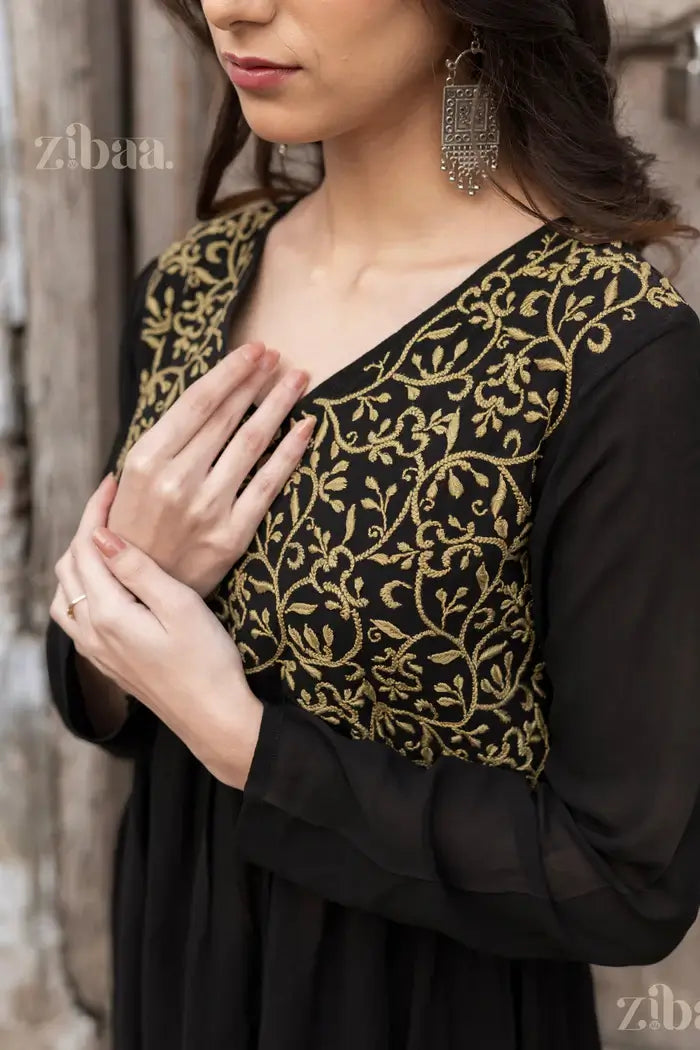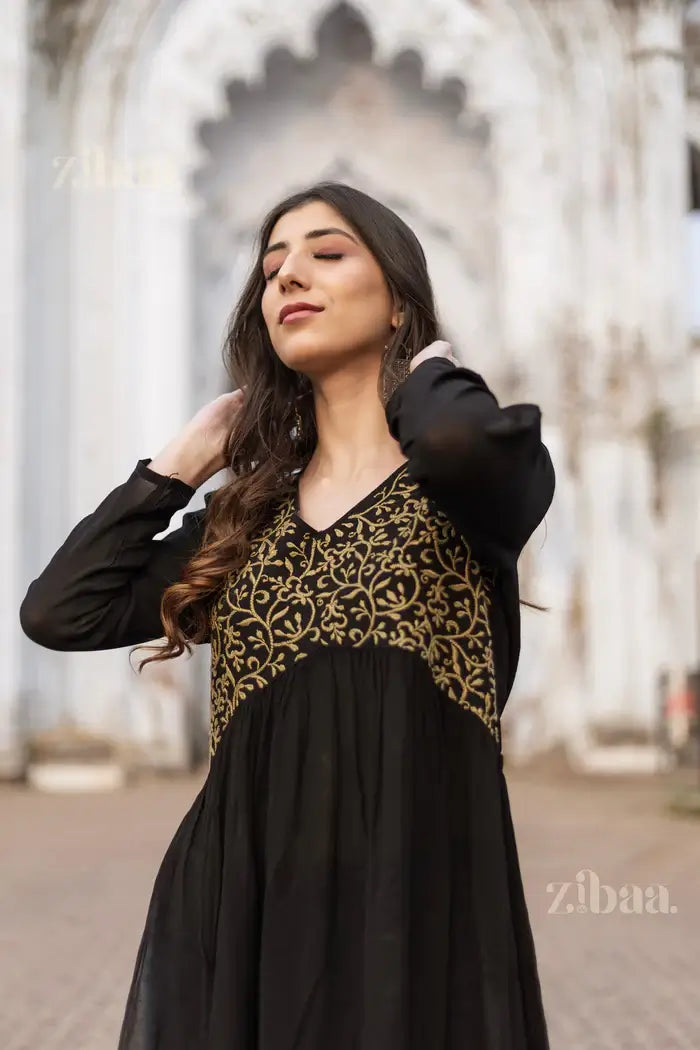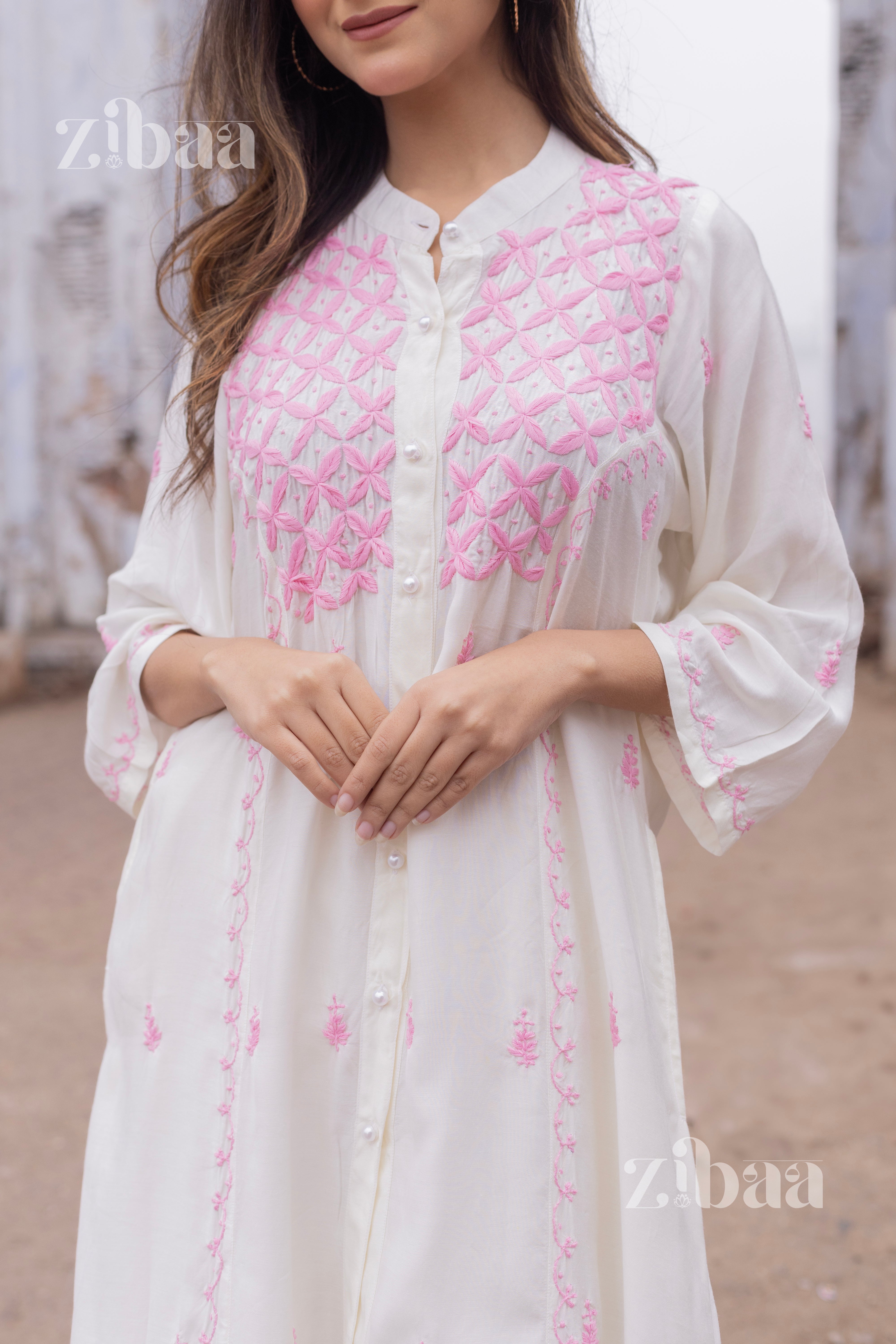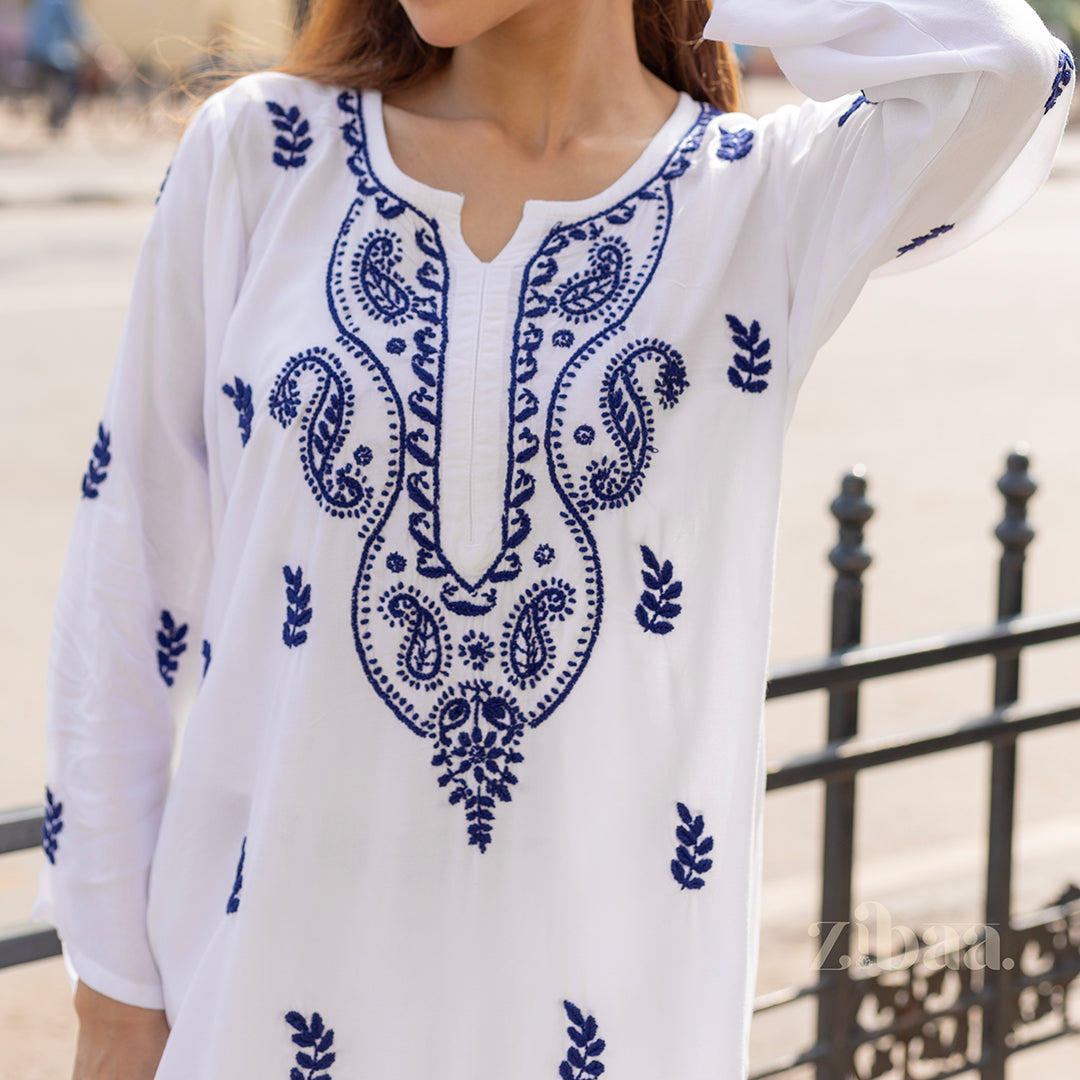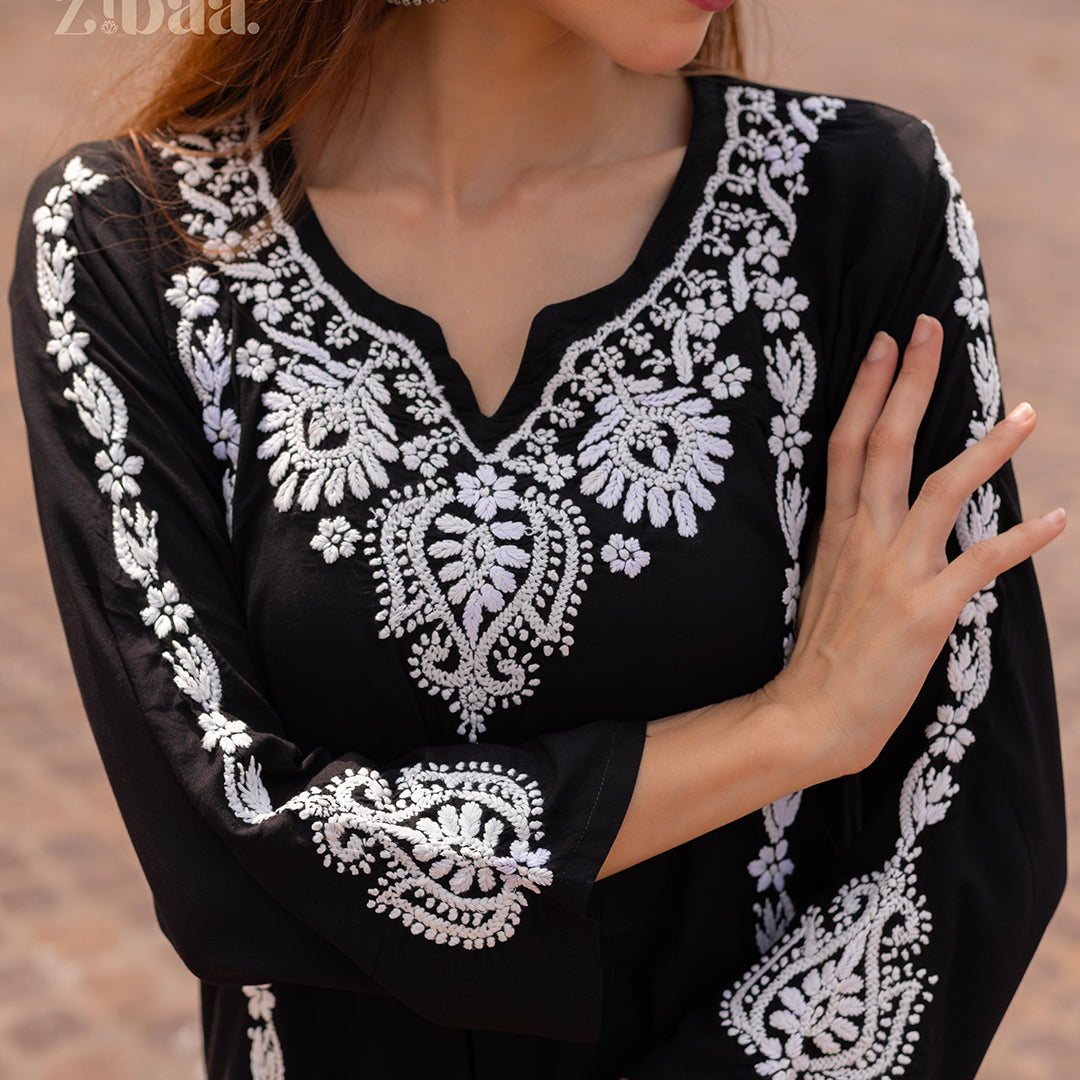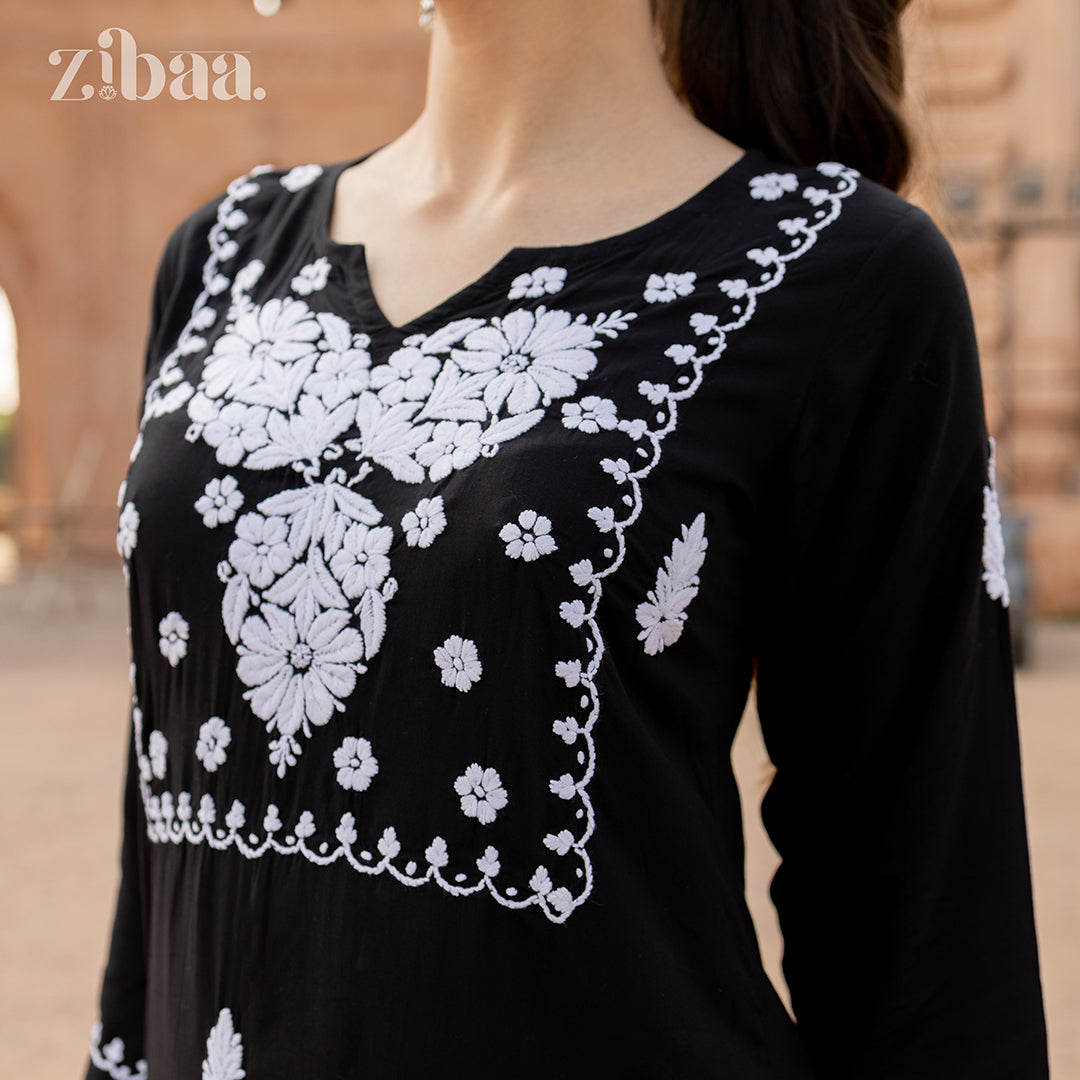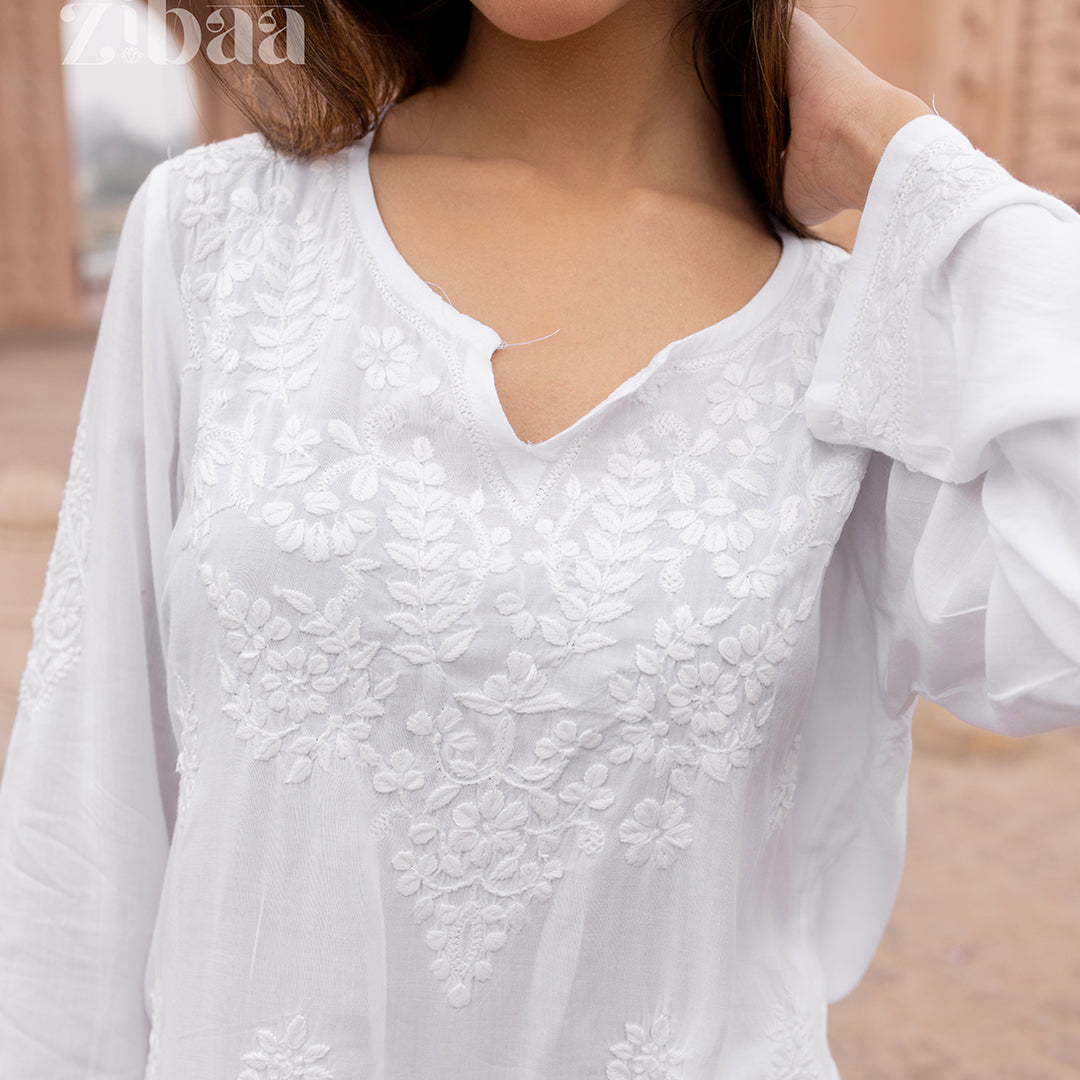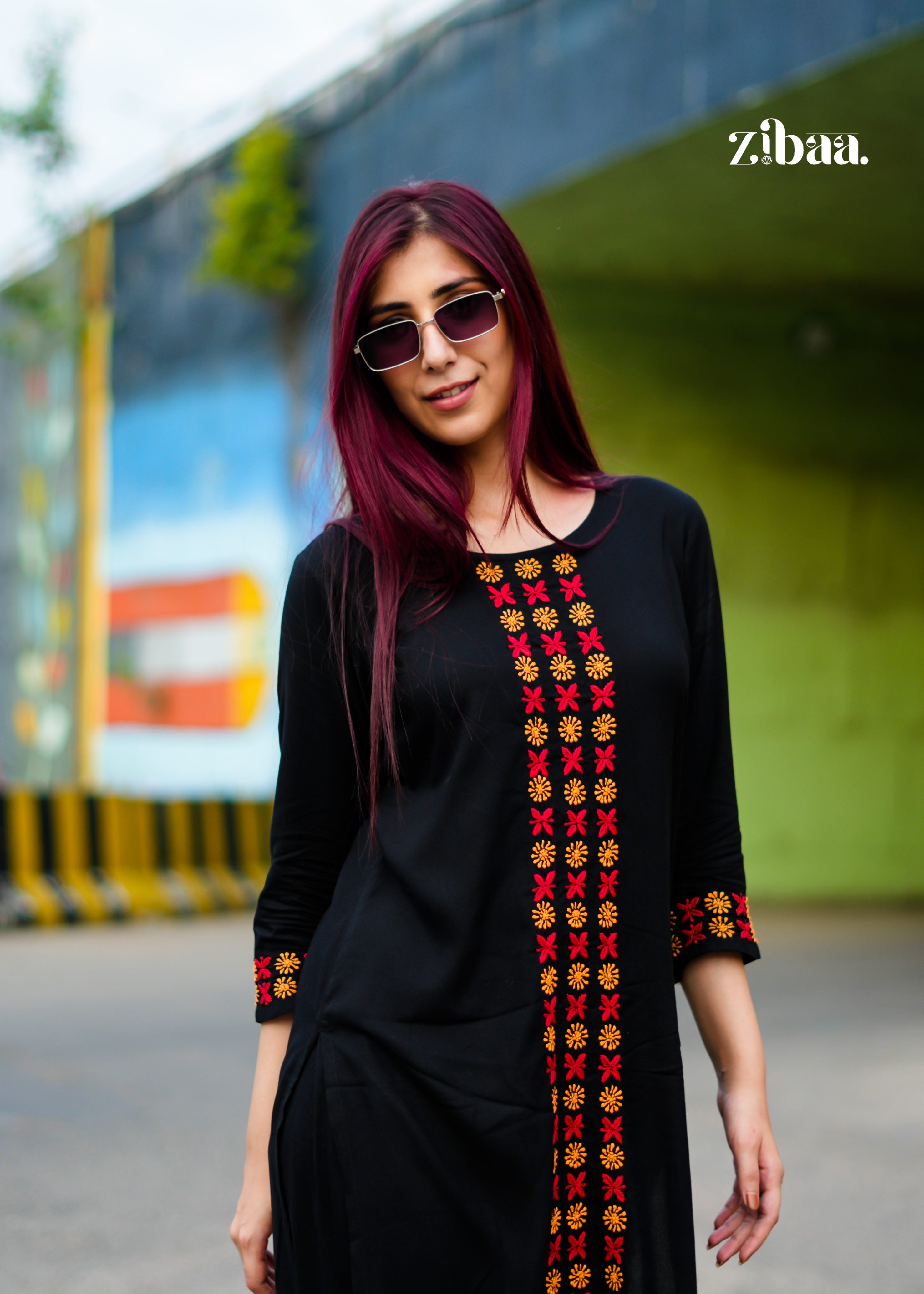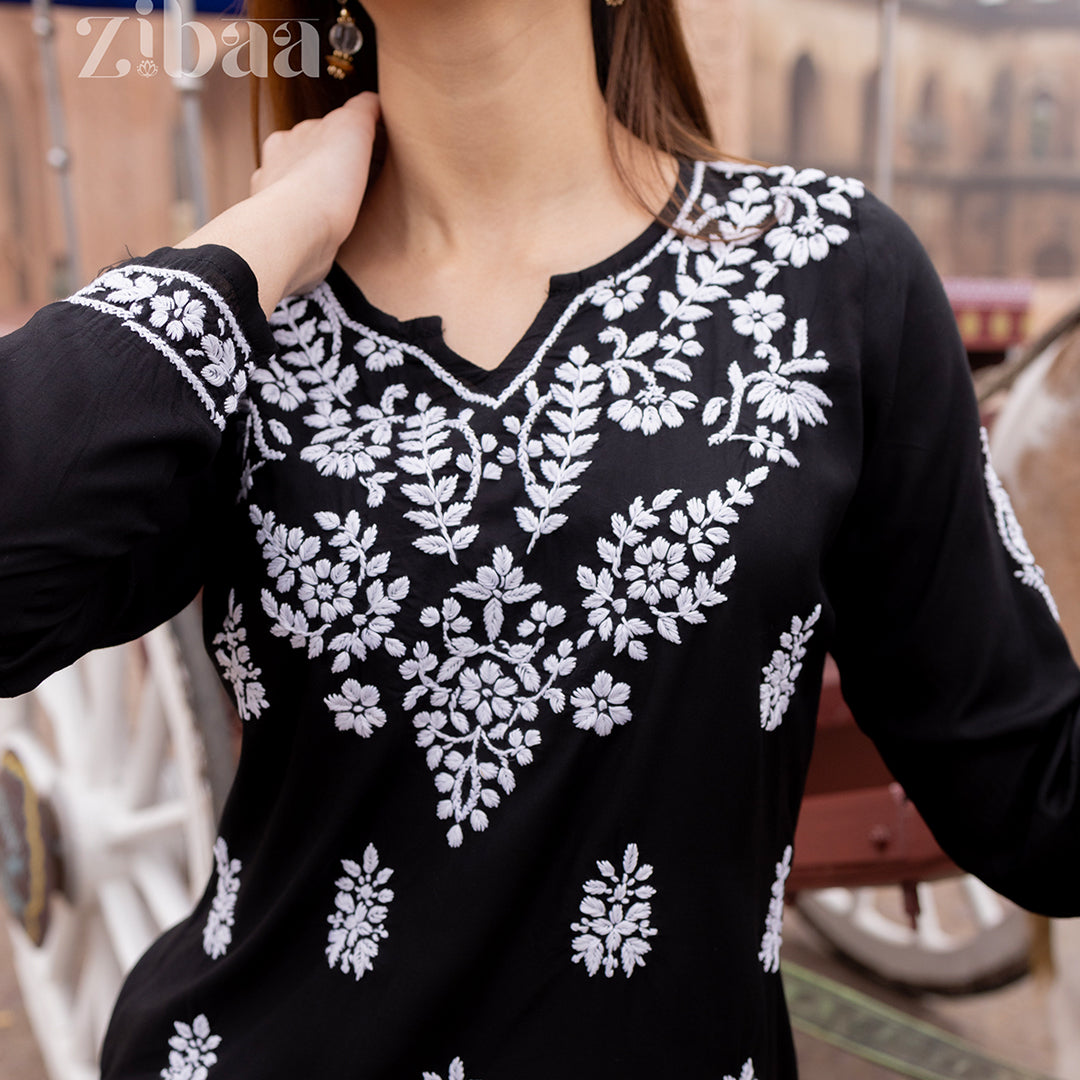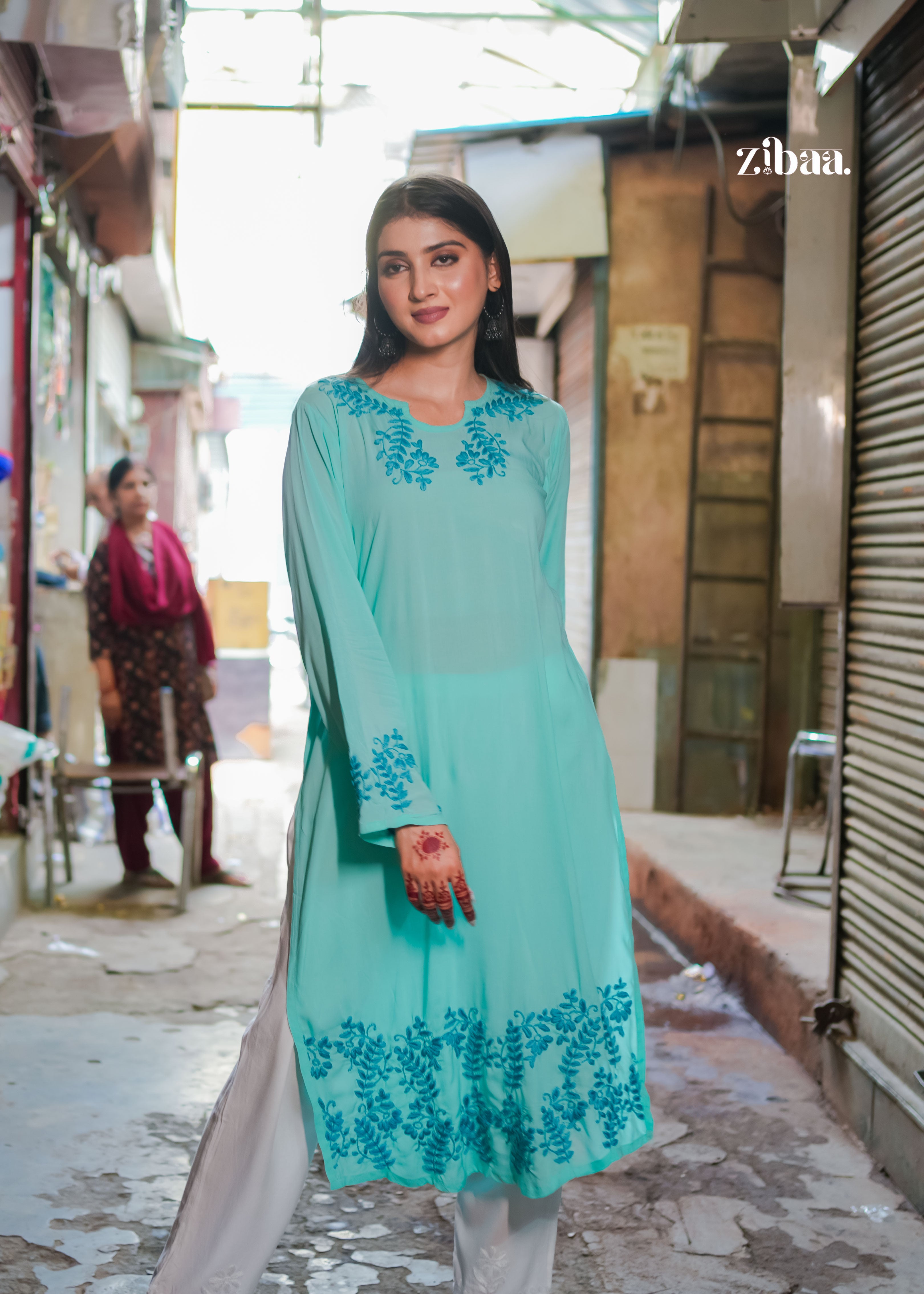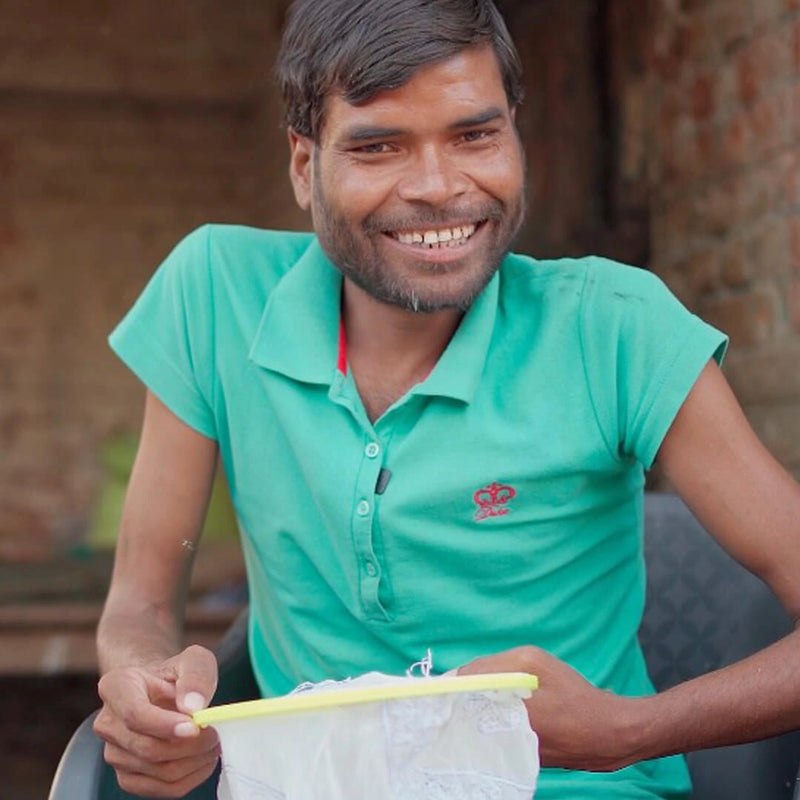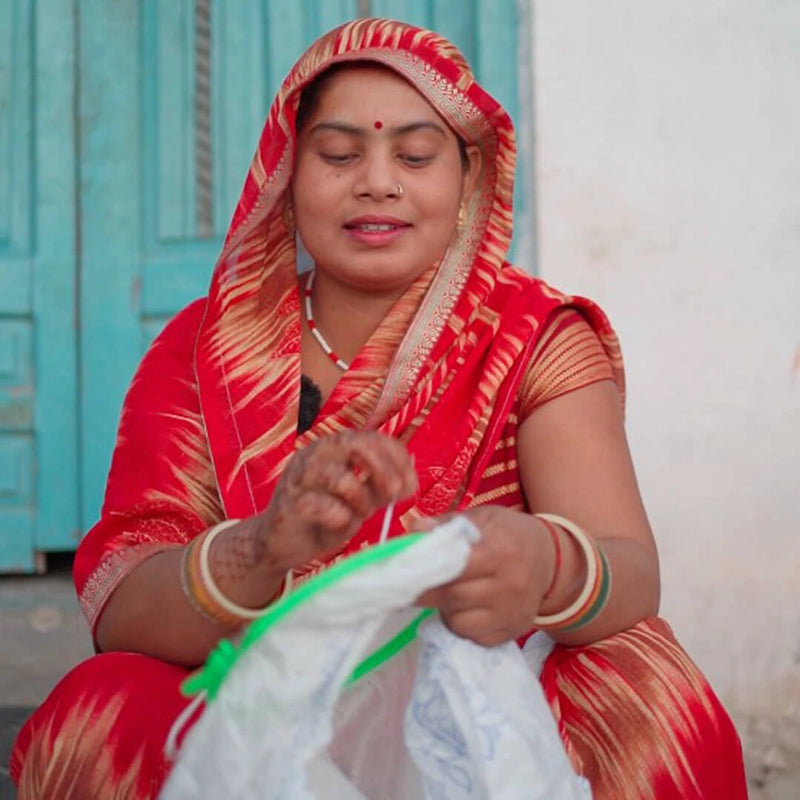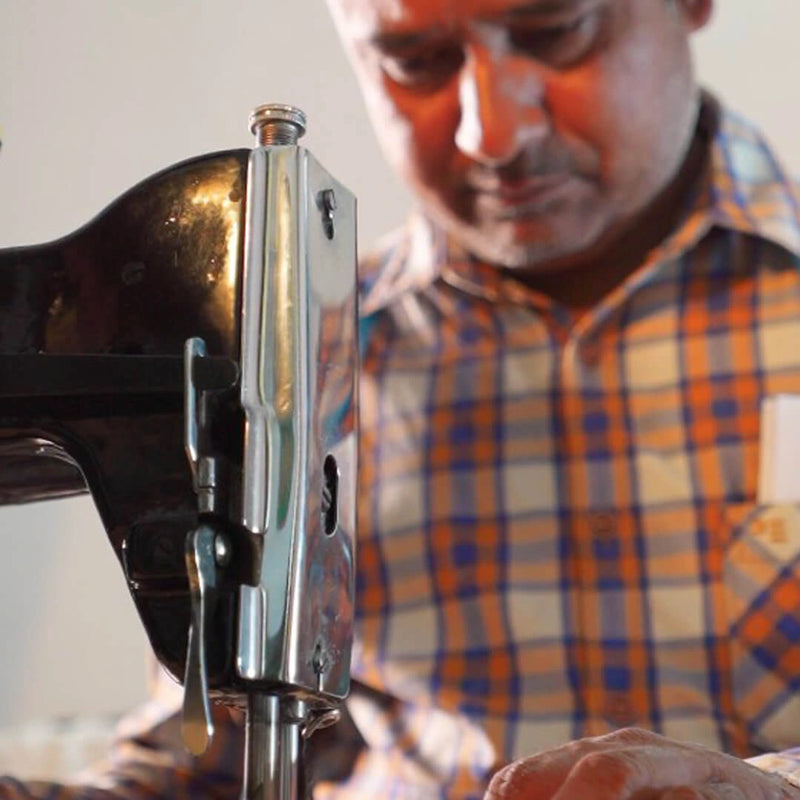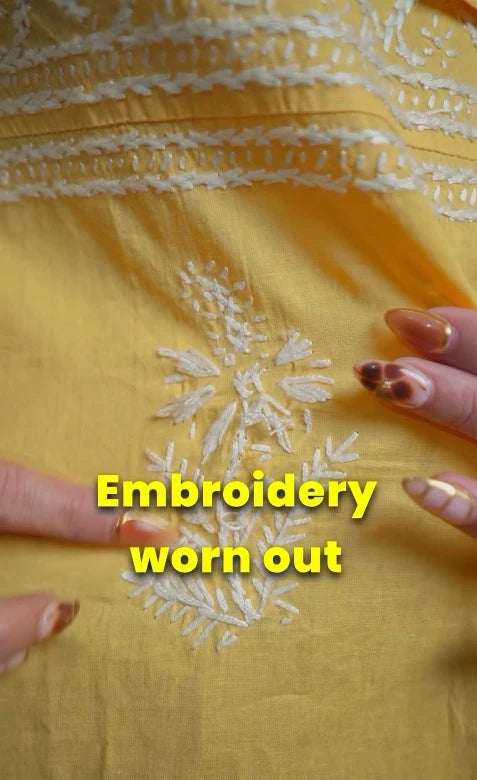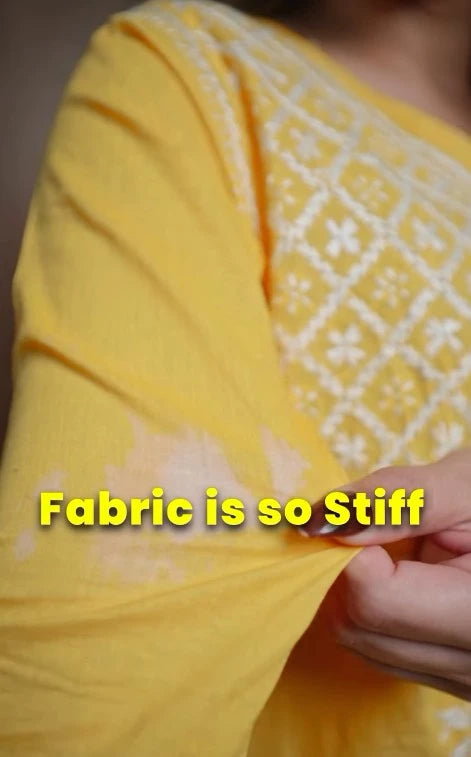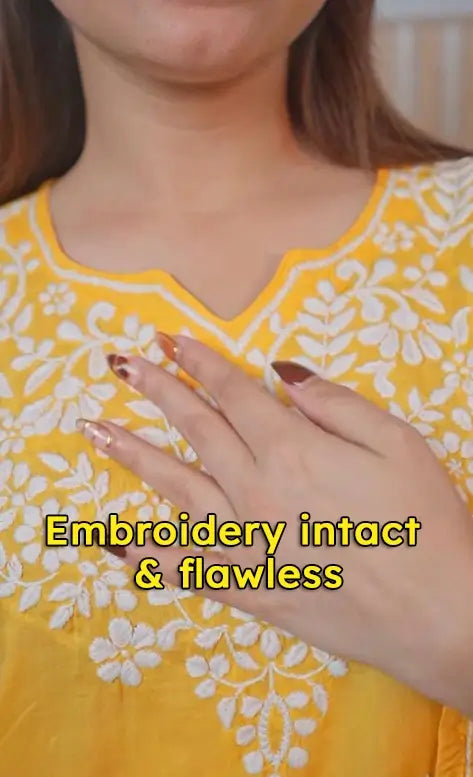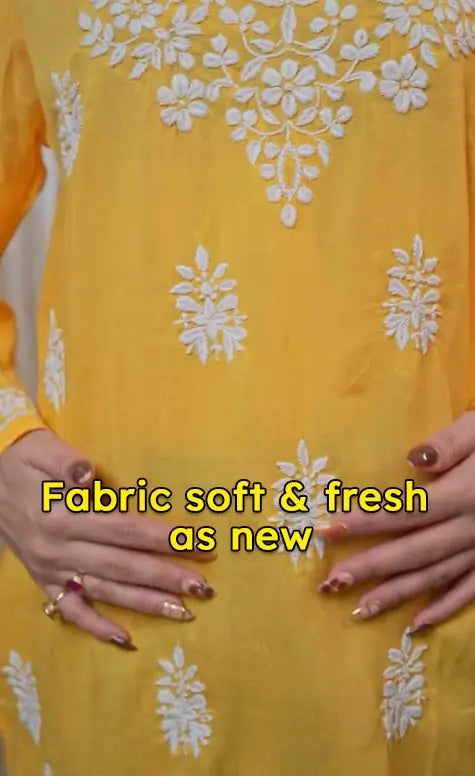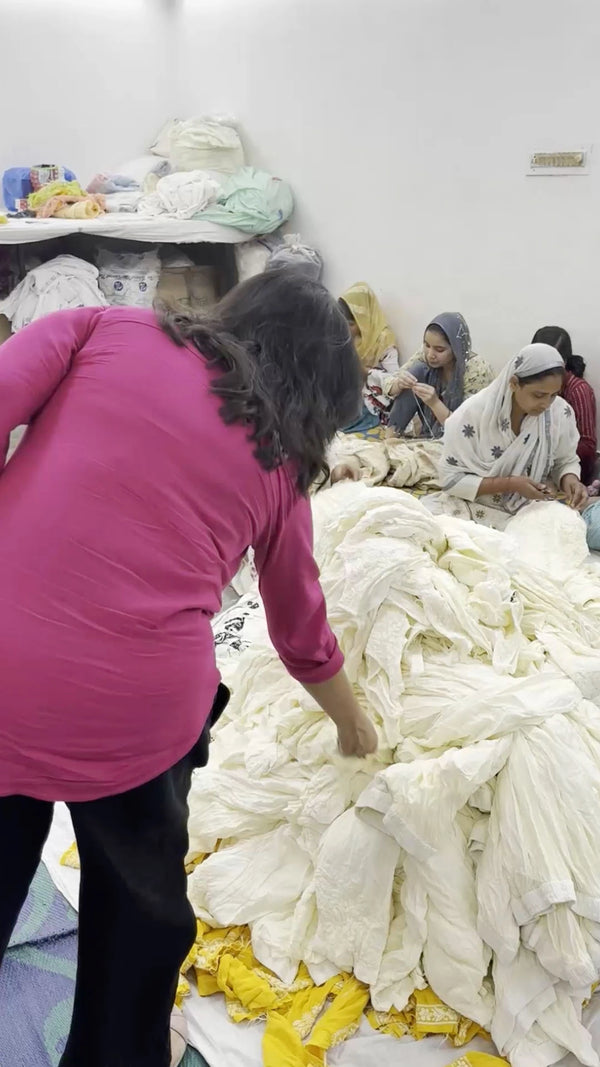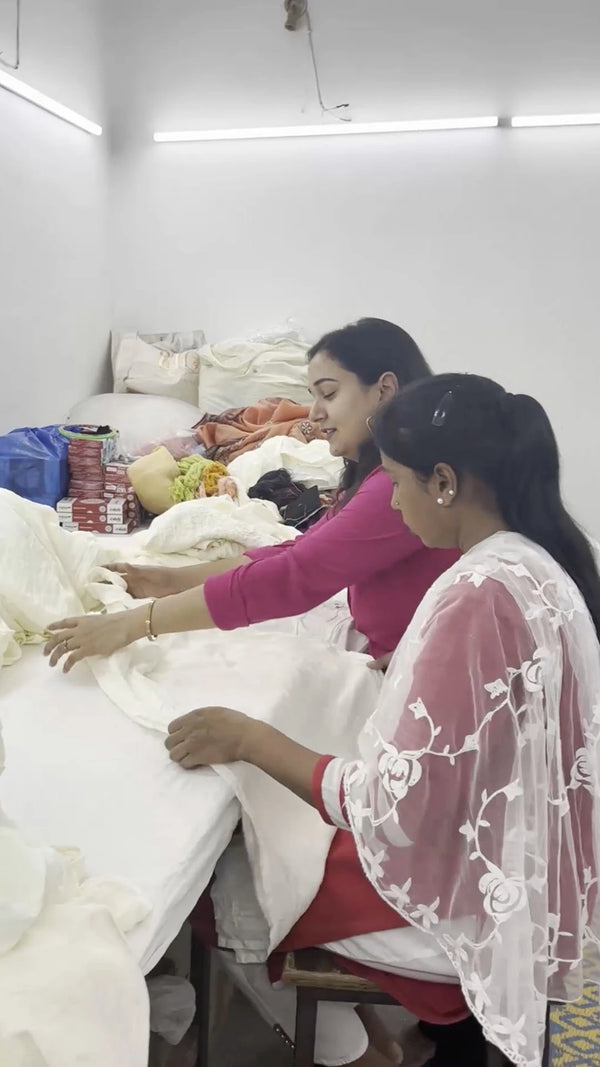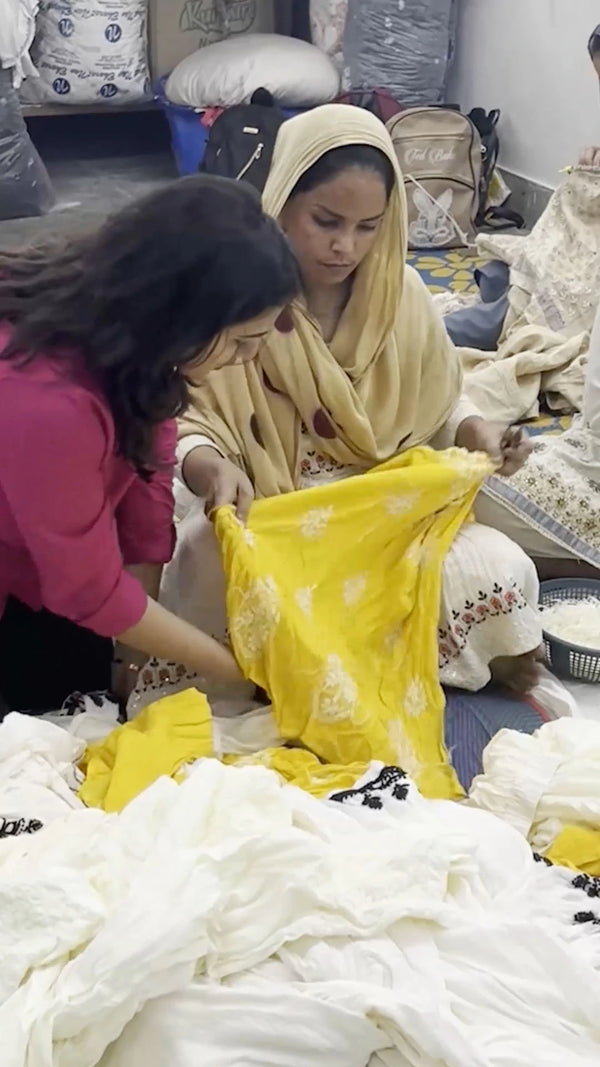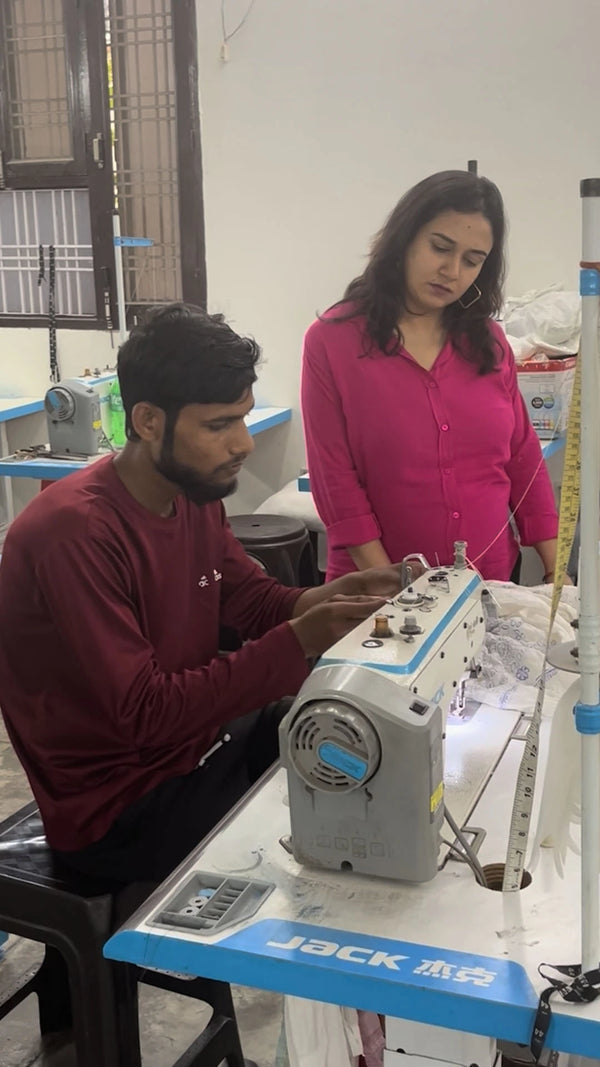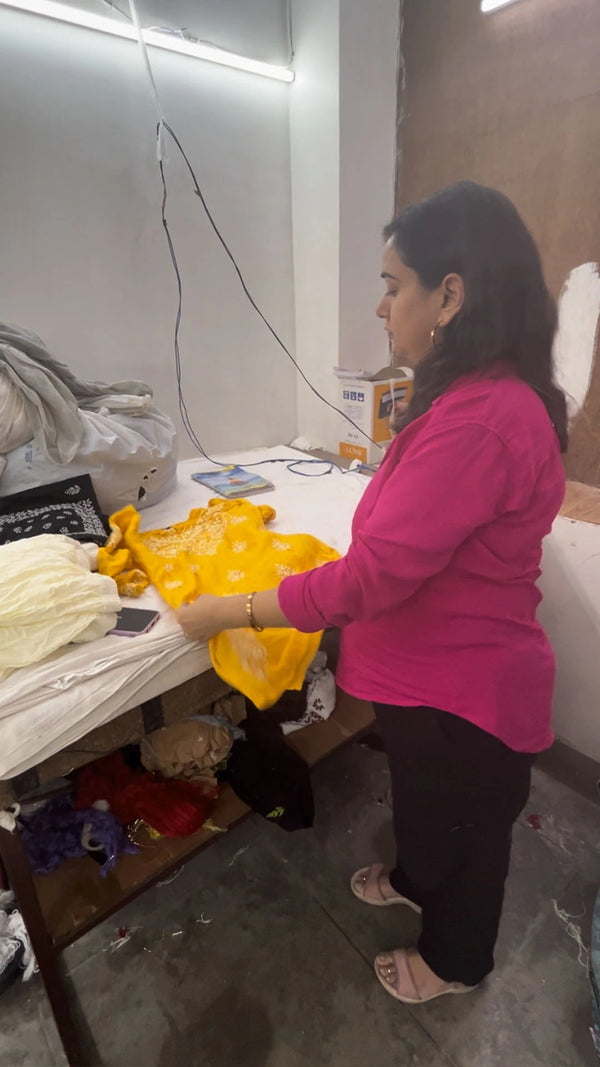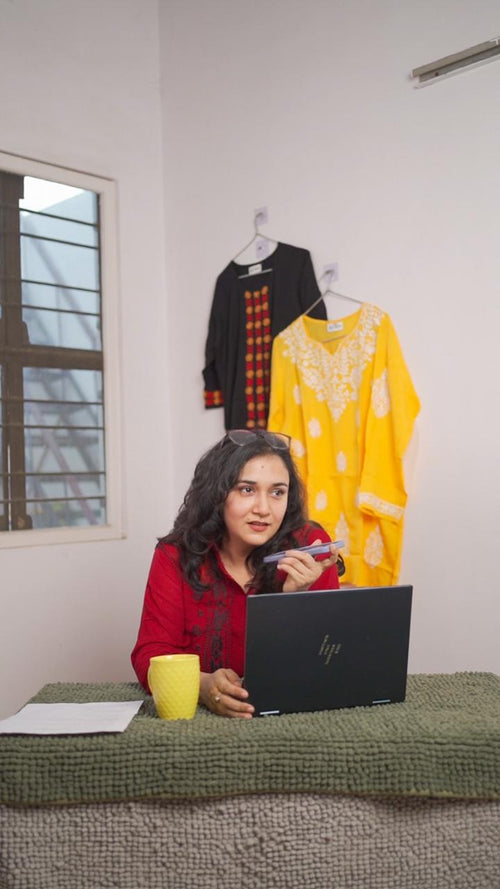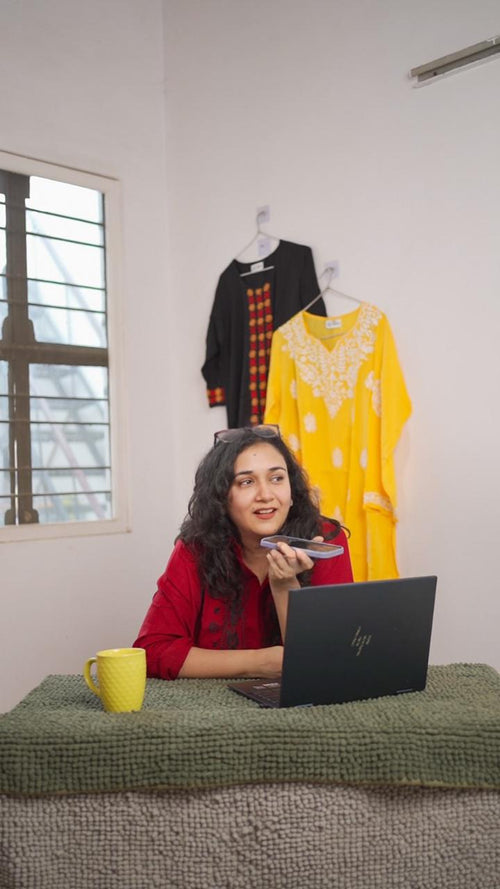How to Tell if a Chikankari Kurti is Genuine or Just Machine Made
Frequently Asked Questions
What’s the process behind making a Chikankari Kurta for women?
Creating a kurta is an art form passed down through generations. First, skilled artisans choose a soft, lightweight fabric like cotton or rayon. Then, using a variety of stitches such as Taipchi, Murri, and Pechni, they handcraft stunning patterns, usually floral or geometric, into the fabric. It's a time-consuming process that requires incredible attention to detail and patience. Once the embroidery is complete, the fabric is cut and stitched into beautiful kurtas, ranging from elegant long pieces to stylish short ones.
Are Zibaa’s Kurtas handmade?
Yes, all kurtas offered by Zibaa are meticulously handcrafted. The entire process is carried out using traditional techniques without the involvement of machinery, ensuring the preservation of the embroidery’s delicate artistry. Each garment is created by highly skilled artisans, guaranteeing a unique and authentic product.
What are the different stitches used to make Chikankari kurtas?
The charm of Chikankari lies in its stitches. Some of the most popular ones include: Taipchi – A running stitch that outlines intricate patterns, giving them definition. Murri – A dense stitch that fills areas with a beautiful texture. Jaalis – Delicate, net-like designs that add a sense of lightness to the fabric. Pechni – Vertical straight stitches that add structure to the design.
What kind of fabric is used for Chikankari kurtas?
Chikankari embroidery shines best on soft, lightweight fabrics that allow the delicate stitches to stand out. Cotton Muslin, Cotton Voile, and Rayon are common choices, but you can also find Chikankari on more formal fabrics like Organza. These materials not only make the embroidery pop but also keep the kurta breathable and comfortable.
Will the embroidery on Chikankari kurtas fade gradually with time?
High-quality Chikankari embroidery may last for a lifetime if well taken care of. Thread used is strong, and hence it can be subjected to several washes yet remains intact, even though a little bit of fading may take place due to sun exposure. In general, with the proper care, however, your kurta is going to last for years, which makes it worth wearing for life as it becomes part of your treasure.
How to get rid of stains on Chikankari Kurta?
If you want to get rid of the stains, avoid scrubbing. Just gently dab with plain cold water or a super mild detergent right away. If it’s being stubborn, you must take it to a specialty dry cleaner instead of rubbing the fabric raw yourself.
How can you fix the torn Chikankari embroidery?
If the embroidery has torn, take it to a specialty repair shop rather than trying to fix it yourself. Professionals have specialized skill in delicately re-stitching the torn threads to preserve the needlework artistry and value of the piece.
How many years could my georgette kurti potentially last?
If you care for it properly, it can last for years. Stick to handwashing, air drying, low ironing, and keeping colors away from sunlight. Do that and it'll stay soft with zero fading.
When handwashing my chikankari kurti, is there anything special I should do?
Yes, definitely stick to cool or lukewarm water and use a super mild soap or detergent when washing your cotton Chikankari kurti for women. Be extremely gentle when washing to keep that gorgeous embroidery intact! Steer clear of tossing them in the machine.
Is Ironing safe on Chikankari embroidery?
Iron very carefully on a low heat setting with the silk Chikankari kurti inside-out. Put a cloth between the iron and the embroidery just to give that extra layer of protection. The last thing you want is to accidentally singe all that hard work!
What is the right way to store cotton Chikankari kurti for women?
To keep these chikankari kurti safe, you must keep them neatly folded in breathable cotton bags and tuck them away in a cool, dry spot - there should be no direct light or moisture. The colors will stay vibrant for way longer when they don't get faded from harsh lighting or humidity.
How to get rid of stains on Chikankari Kurta?
If you want to get rid of the stains, avoid scrubbing. Just gently dab with plain cold water or a super mild detergent right away. If it’s being stubborn, you must take it to a specialty dry cleaner instead of rubbing the fabric raw yourself.
How can you fix the torn Chikankari embroidery?
If the embroidery has torn, take it to a specialty repair shop rather than trying to fix it yourself. Professionals have specialized skill in delicately re-stitching the torn threads to preserve the needlework artistry and value of the piece.
How many years could my georgette kurti potentially last?
If you care for it properly, it can last for years. Stick to handwashing, air drying, low ironing, and keeping colors away from sunlight. Do that and it'll stay soft with zero fading.
What kind of footwear pairs best for a modern look with my embroidered kurti?
Opt for color-coordinated sleek kolhapuris, strappy flats, funky sneakers or even bellies to lend your chikankari kurti outfits a contemporary twist. Stay away from traditional juttis if you want to create fusion looks. You can pick footwear in metallic tones or with some bling to make the look more glamorous.
How can I make my chikankari kurti ensemble more glamorous for evening functions?
Style your white chikankari kurti with a sparkling statement neckpiece, chandelier earrings and stacked bangles. Keep the rest of the look like your makeup and hairdo minimal to let the jewellery dramatize the delicate kurti elegantly. Bold lips and a neat bun also amp up the glam quotient.
What types of jackets work well to layer over embroidered kurtis during colder weather?
Denim jackets, both cropped and waist-length variations, look effortlessly chic over embroidered kurtis. Solid colored woolen longline jackets also beautifully balance ultra-feminine chikankari ensembles. You can pick jackets with minimal embellishments or interesting textures to complement the intricate kurti embroidery.
Which Dupattas can I drape with chikankari kurtis for occasions?
Sheer chiffon and georgette dupattas with pretty borders or all-over zari work heighten festive vibes of chikankari kurtis. Contrast the diaphanous dupatta against pastel kurtis for dreamy ethnic flair. Team these kurtis with matching or contrasting dupattas featuring interesting tassel, fringe or floral trims.
How should I accessorize dailywear chikankari top office outfits?
Minimal Jewellery like petite studs and single bangles keep chikankari office wear sophisticated. Stick to neutral toned bags and ballerinas for regular work outfits with these embroidered kurtis. Delicate necklaces or chokers also make great accessories for office-appropriate styling of chikankari kurtis.
Are there any current sales or discounts available on your embroidered tops for women?
Yes! We run deals and discounts on our kurtis all year - like around festivals such as Diwali and Holi. You can save upto 50% and even more in our seasonal sales.
What discounts can I get now on your site?
You could check the current offers running on our website today. We also keep adding new coupon codes - so you must keep checking to crack the best deals !
Do you have any coupons or codes?
Sure, we share exclusive coupon codes and promo vouchers with subscribers on our newsletter. We also put out codes on Instagram, Facebook and Twitter for discounts.
Does subscribing help me save more?
Yes, subscribers get early alerts on upcoming sales, special coupon codes and extended discount deals not available publicly. So you can save more!
Are there any special offers for prepaid payments, and do you provide free shipping?
Yes, if you choose to pay in advance, you get an extra 5% discount on your order. Additionally, we offer free shipping on all orders across India, so you can save on delivery charges too.
Meet the Chikankari Artisans Behind the Craft
One year challenge : Zibaa vs Others
How does your Zibaa kurti fare vs other chikankari kurtis after one year
Others
Zibaa
Within the Warehouse – Trustworthy Teams and Accurate Practices
Lorem Ipsum is simply dummy text of the printing and typesetting industry. Lorem Ipsum has been the industry's standard dummy text ever since the 1500s, when an unknown printer took a galley of type and scrambled it to make a type specimen book.


